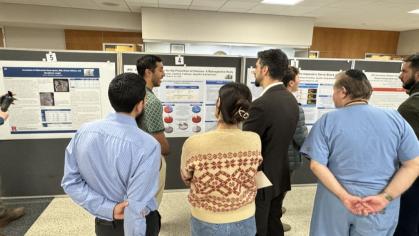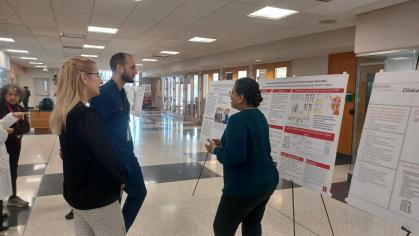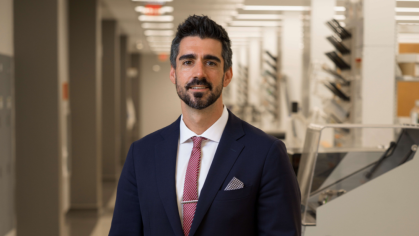HIV Not a Risk Factor for Childhood Dental Caries, RSDM Researcher Finds
Although children infected with HIV have a higher prevalence of dental caries, RSDM researcher Dr. Modupe Coker found evidence that it’s not HIV infection or exposure that increases the risk for caries, but an underlying weakened immune system, which could be due to other causes and illnesses.
Dr. Coker, an epidemiologist and professor in RSDM’s Department of Oral Biology, has been studying the link between dental caries and HIV for about five years, drawing samples from Nigeria, which is among the sub-Saharan Africa nations with the highest prevalence of HIV- infected individuals. It also has a high rate of perinatally infected children. Her research, published in Scientific Reports, sampled a total of nearly 300 children divided into three groups: children of HIV-positive mothers who were infected perinatally; children of infected moms who were HIV-negative, and children who weren’t exposed or infected with HIV.
Dr. Coker took saliva samples from these children and also checked CD4 levels, which measure immunity strength. The children with HIV whose immunity levels were normal, often due to successful anti-viral treatment, did not have a higher incidence of caries. Neither did those who had prenatal exposure but didn’t contract the virus. But children without HIV and higher CD4 levels, including those who had malaria or other underlying conditions, were more likely to have caries.
The findings were a surprise to Coker, since HIV was deemed a risk factor for dental disease in her work. “It debunked our hypothesis but it’s very exciting as it raises new ones,’’ said Coker. “HIV infection alone might not be a significant risk factor, which was the assumption. Many children on therapy do well so just because they have HIV, that isn’t enough to suggest an increased risk for caries. The immune function and competency plays a much bigger role.’’
Coker, who hopes to use her work involving dental caries to explore genetics from a broader perspective, also observed that, over time, the immune systems of children who were HIV-exposed-but-uninfected improved. “The HIV-exposed children looked more like the HIV-infected children early in life but later on, as they grow older, began to look like their unexposed counterparts with respect to the oral microbiota.’’
Her research is part of a longitudinal study that examines other aspects of the same oral microbiome in HIV-exposed or infected children, including its relationship to bacterial plaque and candida, a fungal infection that often appears in the mouth.




